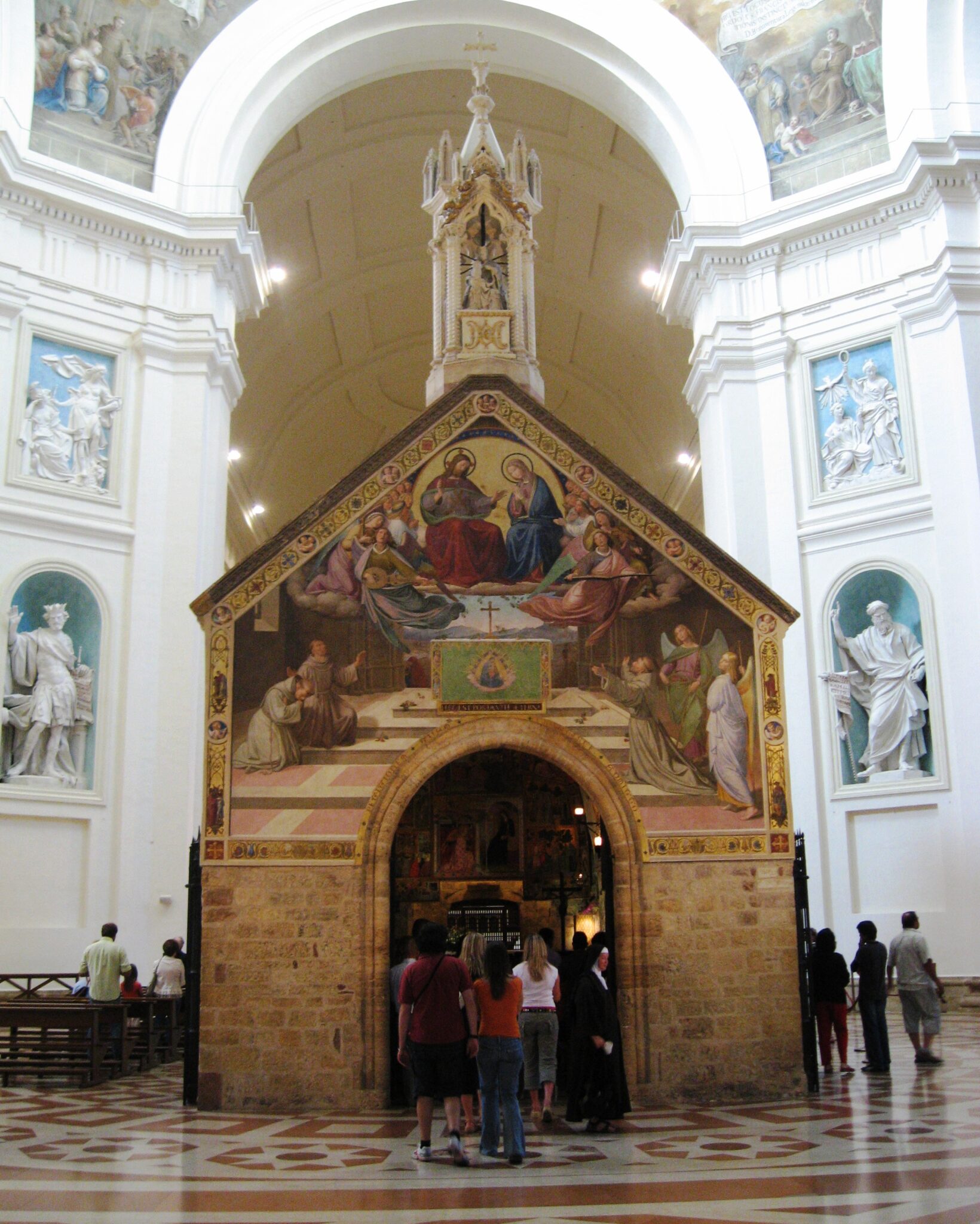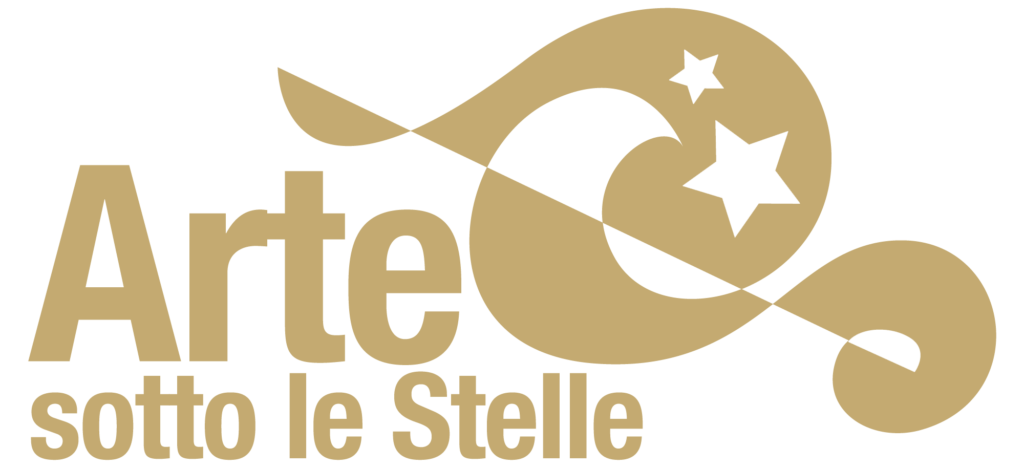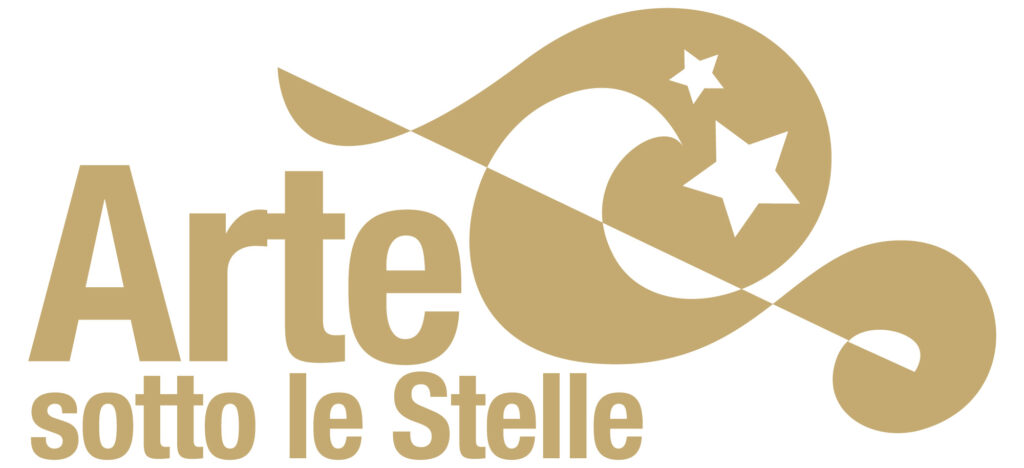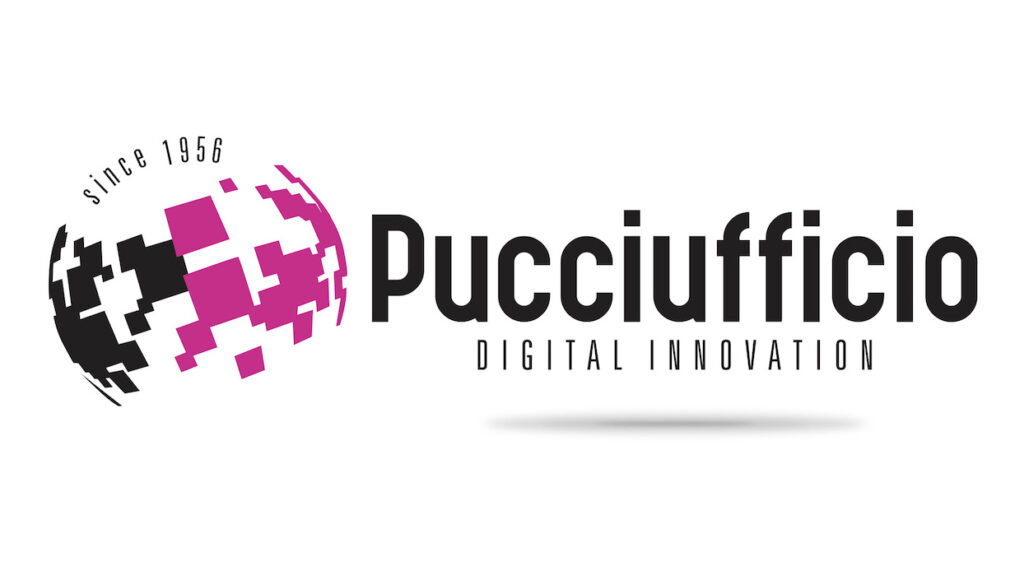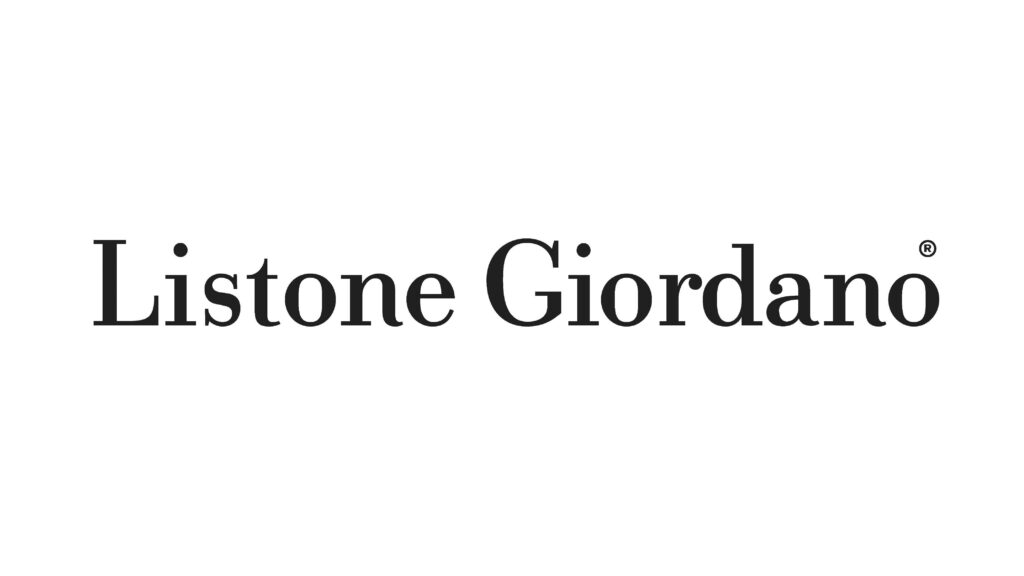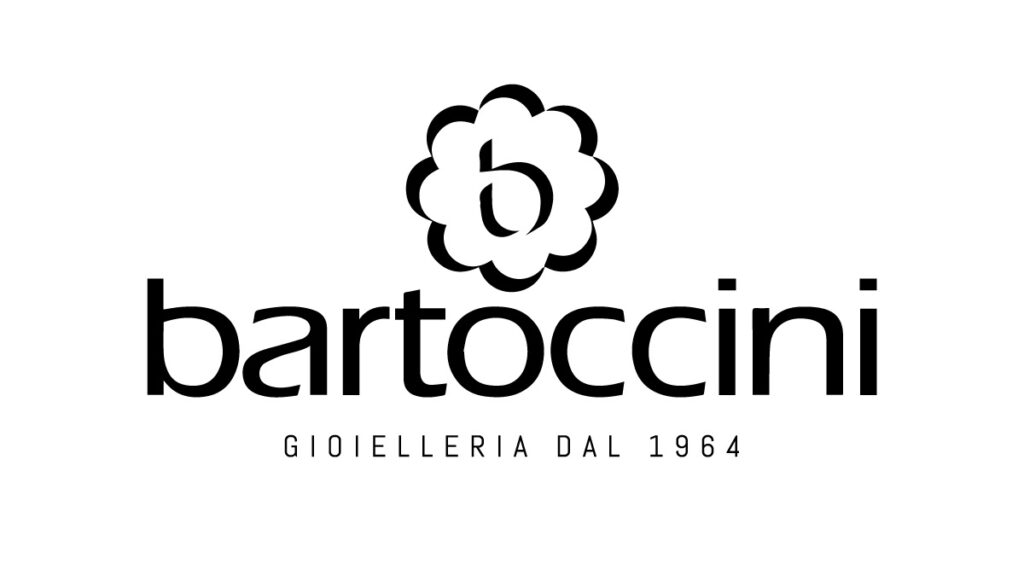Porziuncola – Santa Maria degli Angeli (Assisi)
<<Qui, infatti, umilmente cominciò;
qui virtuosamente progredì;
qui felicemente arrivò al compimento.>>
Leggenda Maggiore di s. Bonaventura
Una prima cappella, dedicata a Santa Maria degli Angeli, è edificata probabilmente già nel IV secolo e i monaci Benedettini la trasformano nell’attuale chiesetta nel IX-X secolo. Il nome “Porziuncola” letteralmente vuol dire “piccola parte” ed indica la porzione di terreno dove è stata edificata.
Rimasta per lungo tempo in stato di abbandono, è la terza chiesa ad essere restaurata direttamente da san Francesco dopo che nella chiesa di s. Damiano, in un momento di intensa preghiera, riceve da Cristo l’invito a riparare la Sua Chiesa. Egli qui comprende chiaramente la sua vocazione non solo di vivere in semplicità e minorità, ma anche di annunciare a tutti il vangelo di Gesù; qui accoglie i primi fratelli e fonda l’Ordine dei Frati Minori nel 1209 ricevendo in dono dai Benedettini il luogo e la cappella con la promessa di farne il centro della sua famiglia religiosa. Qui, nel 1211, santa Chiara riceve dal Poverello l’abito religioso dando inizio all’Ordine delle Povere Dame, le Clarisse. Qui nel 1216 san Francesco chiede a Gesù e a Sua madre Maria di “voler portare tutti in paradiso”, chiedendo quella che è conosciuta come l’indulgenza del Perdono di Assisi.
Sulla facciata un affresco del 1829 di Friedrich Overbeck con san Francesco che implora il Perdono, sul retro parte di una crocifissione del 1486 del Perugino. La pala d’altare all’interno è invece opera di prete Ilario da Viterbo che nel 1393 dipinge l’Annunciazione e la storia del Perdono d’Assisi.
Basilica Papale di Santa Maria degli Angeli
Santa Maria degli Angeli (Perugia)
<<Santa Regina,
Santa Madre di Dio, Maria,
che sei Vergine fatta Chiesa.
Ave, suo palazzo,
ave, suo tabernacolo,
ave, sua casa.>>
Saluto alla beata Vergine Maria di s. Francesco
Per volere di Papa san Pio V, al fine di custodire la Porziuncola e il Transito e accogliere i tanti pellegrini, tra il 1569 e il 1679 viene edificata la Basilica di S. Maria degli Angeli su progetto del perugino Galeazzo Alessi. Il progetto dell’Alessi è caratterizzato dalla semplicità della struttura e il soffitto, volutamente lasciato bianco, indica che il cuore della Basilica è la Porziuncola.
La facciata attuale, costruita nel 1930, è pensata per dare maggiore stabilità alla Basilica e alla sua sommità è collocata un’imponente statua della Vergine Maria in bronzo dorato alta circa 8 metri.
